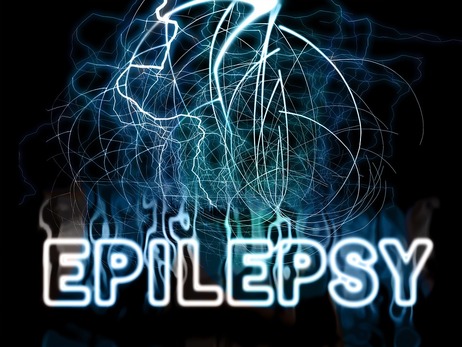Algorithms to Better Predict Epileptic Seizures
Published Sep-17-18Breakthrough:
How algorithms are helping to advance research into epilepsy and seizure prediction.
Company:
University of Melbourne, Australia
The Story:
 Epilepsy is the fourth most common neurological disorder in the world affecting more than 65 million people of all ages. It is characterized by unpredictable and unprovoked seizures. A seizure is a sudden burst of electrical activity in the brain that can affect how a person behaves or appears for a short period of time.
Epilepsy is the fourth most common neurological disorder in the world affecting more than 65 million people of all ages. It is characterized by unpredictable and unprovoked seizures. A seizure is a sudden burst of electrical activity in the brain that can affect how a person behaves or appears for a short period of time. Being able to predict and prevent seizures would be a game-changer in the management of the condition and research into this is gathering pace on several fronts. This includes the use of big data and artificial intelligence to predict when a seizure is going to occur.
Crowdsourcing Algorithms
The University of Melbourne in Australia is one of the research organizations making a major contribution in this field. A study conducted by its researchers revealed that epileptic seizure prediction is possible in a wider range of patients than previously thought. That was the conclusion from crowdsourcing more than 10,000 algorithms.
In 2016, the university ran a seizure prediction challenge on the online data science competition platform Kaggle.com. This contest focused on seizure prediction using long-term electrical brain activity recordings from humans obtained in 2013 from the world-first clinical trial of the implantable NeuroVista Seizure Advisory System.
A total of 478 teams focused their attention on developing algorithms to distinguish between 10-minute inter-seizure verses pre-seizure data clips. The best of these were tested on patients with the lowest seizure prediction performance and the net result was that there was an average of a 90% improvement in seizure prediction performance, compared to earlier results.
Online Ecosystem
To build on this work the university's researchers have created Epilepsyecosystem.org, a crowdsourced online ecosystem for improving the performance of seizure prediction algorithms.
"It's about bringing together the world's best data scientists and pooling the greatest algorithms to advance epilepsy research," said Dr. Levin Kuhlmann of the University of Melbourne. "The hope is to make seizures less like earthquakes, which can strike without warning, and more like hurricanes, where you have enough advance warning to seek safety."
Those who register with Epilepsyecosytem.org are given access to two datasets: seizure data from the Melbourne-NeuroVista seizure trial and data from the Melbourne-NeuroVista seizure trial and the Melbourne-University AES-MathWorks-NIH Seizure Prediction Challenge. Ecosystem members are invited to create and share algorithms and to participate in optimizing submitted algorithms.
Benefits of Seizure Prediction
Using the power of algorithms to predict impending seizures before they occur could mean that treatment is given to prevent them. Individuals would also have an opportunity to reduce risk by taking precautionary measures.
Epilepsyecosystem.org is working towards finding the very best seizure prediction algorithms so that seizure prediction is made a commonplace reality for patients all over the world.
Next Story »


